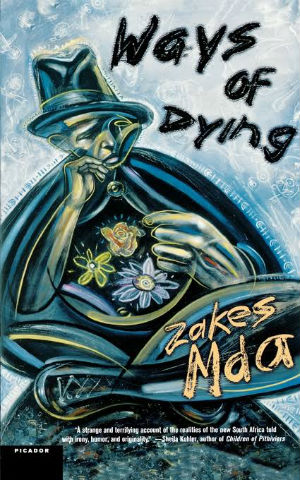

Toloki is a stocky, jaunty tragicomic figure, an odd-bod wanderer who stands out in his trademark velvet and silk costume, top hat, cape and tights, all black, all faded. This novel is where we first met Toloki, the professional mourner, and Noria, the love of his life, and the “strange-looking couple” is here again, to pay tribute to Famole’s music. What better place than Famole’s funeral for Mda to continue the conversation about killing and mourning introduced in Ways of Dying (1995). The musician-gangster and businessman had once famously claimed that Famole shot him in Phiri, Soweto because he was threatened by his success, but the boy-child is sure he’s mistaken. No respectable gangster should die such a meek death.įamole’s funeral, heavily guarded by the police and military personnel protecting political leaders and government officials, is a who’s who of rivalling musicians, including the aforementioned Khosi Mosotho Chakela.

There is much speculation when Famole, once one of the MaRussia gang leaders, dies, allegedly in a car crash. The boy-child wants to become his idol, the great Famole, born Teboho Lesia, who is “among the greatest musicians in the genre.” Wayfarers’ Hymns is the story of a quest. He tells how these communities were overtaken by criminal gangs, some of whose leaders were Basotho hymn singers, who performed famo music in drinking dens and continued the tradition of the notorious MaRussia gangs of Soweto in the 1950s.

He tells of the devastation left by companies who dumped unprofitable mines and of the unlicensed mining communities who made shack settlements out of scrap.


 0 kommentar(er)
0 kommentar(er)
